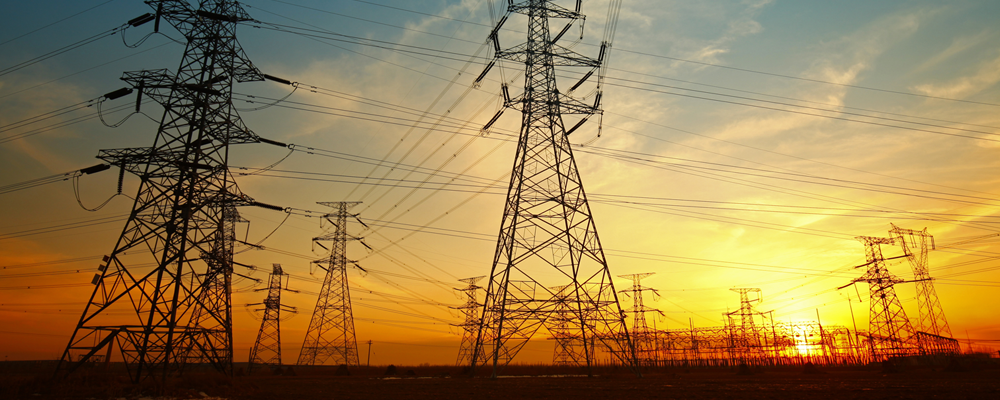Real-time streaming data is most useful in circumstances where companies need some combination of high levels of accountability and rapid response times. Real-time streaming gives decision makers far more useful information when they’re in a situation where they need to respond immediately.
This means that firms who have high costs of failure or downtime, or who need to keep track of large numbers of assets over large geographic areas, are poised to save the most money through leveraging real-time streaming data.

The utility sector is often overlooked because it’s so omnipresent, but it employs more than half a million people according to the Bureau of Labor Statistics. It’s also an area that will both save and make tremendous amounts of money by implementing real-time streaming data.
Utility companies, whether they provide internet service, power, water, or anything else, demand high levels of accountability from workers, have high costs (in terms of reputation risk and lost revenue) from downtime, and frequently need to make quick decisions, some of which hold lives in the balance.
A real-time streaming infrastructure gives utility providers three things:
- A tool to maximize the efficient use of their assets
- The ability to respond quickly and efficiently to crises and therefore maximize uptime
- A tremendous cost-saving opportunity in purchasing inputs – be they water, natural gas, or latent generation capacity
Streamlining Asset Usage
Utility firms frequently employ thousands, if not far more, employees. These individuals work in service centers, corporate headquarters, and are deployed all over the area the utility services to ensure things are working properly.
Real-time visualization presents a large number of operational cost-saving options here, from ensuring that service vehicles fuel up at the cheapest stations, to reducing overlap in service area.
Real-time visualization also creates tremendous opportunities to reduce waste and do more with less for active managers handling large service areas. This increased efficiency opens up the possibility of better preventative maintenance, because sensors can detect points of failure before they go out, where legacy event processing would have noticed issues far too late.
Rapid Response Capability
Real-time streaming is even more valuable when situations take a rapid turn for the worse. When uptime is critical and natural disasters occur, for example, streaming data makes managers far more capable of organizing their response.
For power companies, for example, the ability to know which sections of the grid are offline and how bad damage is can mean the difference between hours and days of downtime. When storms like Hurricane Sandy can lead to more than $50 billion worth of damage, that translates into huge amounts of money.
Input Cost Reduction
The last major area where utilities have the opportunity to save with real-time streaming is in reducing the price they pay for inputs.
Real-time visualization lets managers know when increased usage will require buying more input before it happens, giving them an opportunity to negotiate prices down in advance. In addition, real-time streaming data lets buyers for utilities purchase inputs when they’re at their cheapest, driving down costs even further.
Utility providers sit in a unique market space, with many assets that need to be managed and very high costs of failure. Streaming data helps tame otherwise unmanageable assets, reduce costs of failure, and drive down prices across the board.





















